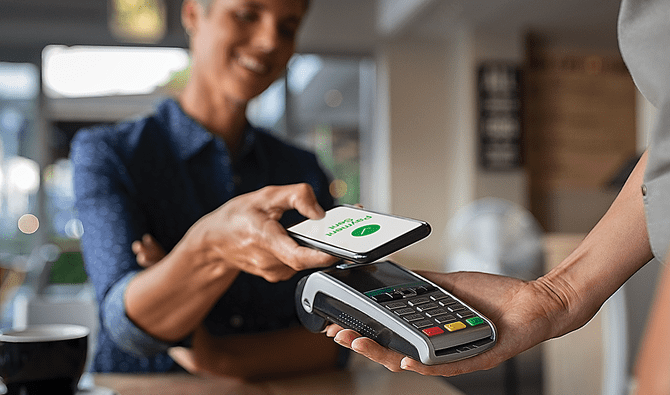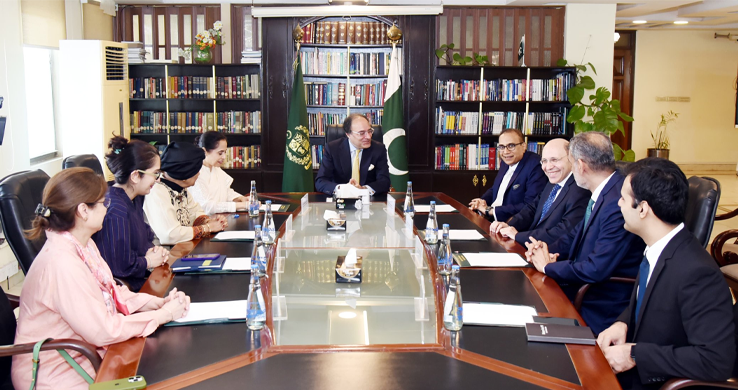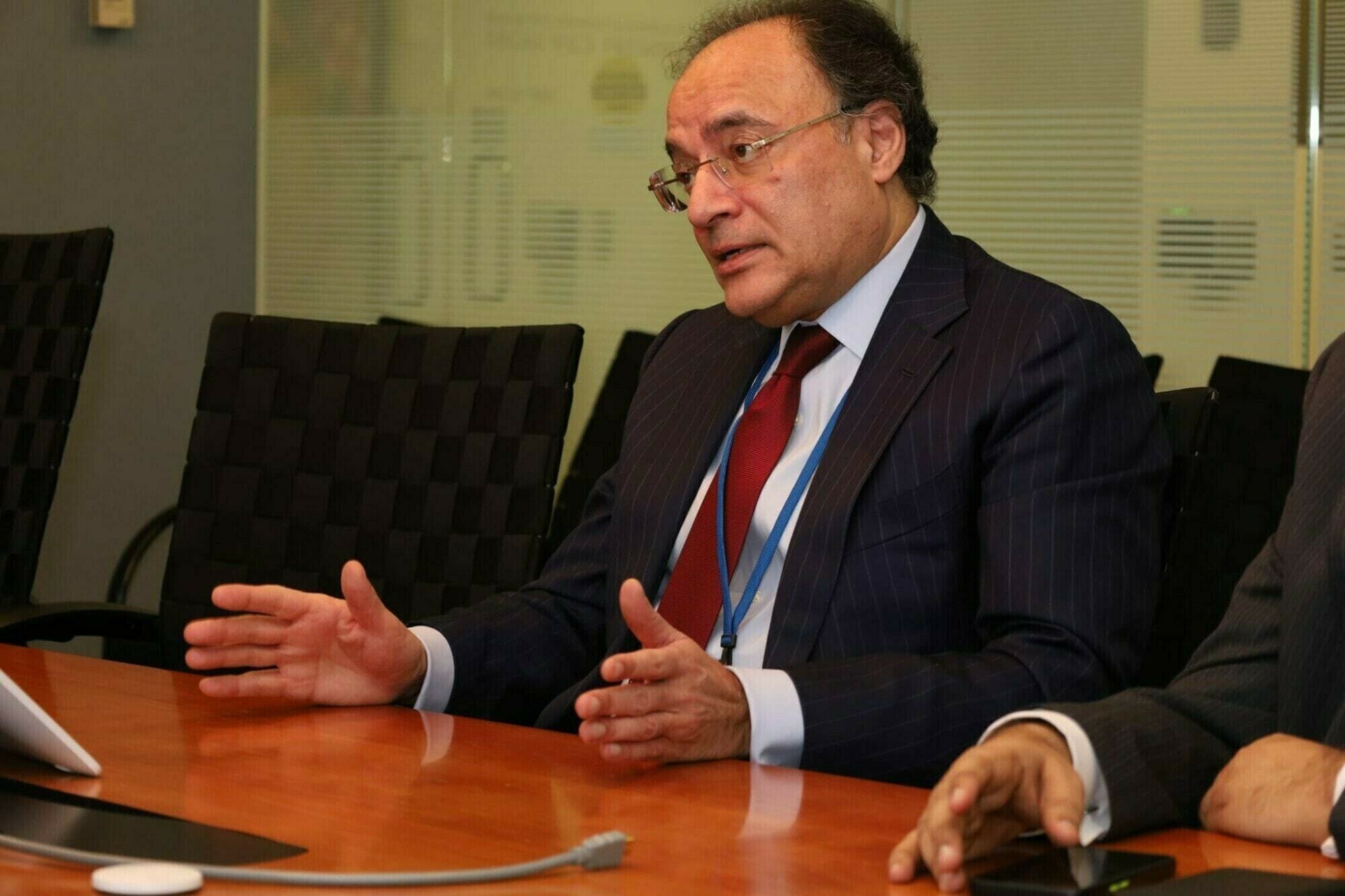PTBP Web Desk
The Government of Pakistan has taken another major step toward accelerating the country’s digital payment transformation. The Ministry of Finance has directed all public utility service providers to begin implementing the Raast QR code system on consumer bills, an initiative spearheaded by the State Bank of Pakistan (SBP) under the Prime Minister’s vision for a cashless economy.
In an official letter, the Finance Ministry urged regulatory bodies, their chairpersons, and relevant ministries to ensure timely adoption of the initiative. The move is designed to improve transparency, convenience, and efficiency in payment systems while aligning with global digital finance standards.
Raast, Pakistan’s first instant payment system, has been developed by the State Bank of Pakistan with support from Karandaaz. It provides a secure, real-time, and cost-effective platform for Person-to-Government (P2G), Person-to-Business (P2B), and Person-to-Merchant (P2M) transactions.
A key feature of the system is the Dynamic QR Code. Instead of manually entering a bill reference number, consumers will simply scan the QR code printed on their electricity, gas, water, or telecom bills using any Raast-enabled banking app. Once scanned, the bill details and amount will be auto-fetched, and the payment will be processed instantly.
This eliminates manual input, reduces human error, and provides a seamless “scan-to-pay” experience for millions of utility consumers across Pakistan.
According to the Finance Ministry, the Raast QR code system will bring multiple benefits:
- Convenience for Consumers: Customers will no longer need to enter long reference numbers in banking apps. A quick scan will complete the transaction in seconds.
- Operational Efficiency for Utility Providers: Manual reconciliation burdens will be reduced, and payments will be instantly recorded.
- Transparency & Traceability: Digital transactions leave an auditable trail, strengthening government revenue monitoring.
- Reduction in Cash Handling: By minimizing over-the-counter cash payments, risks related to theft, delays, and errors will be curtailed.
Currently, Pakistan’s utility bill payment system operates primarily on a reference number-based model. Consumers enter this number through apps or banking counters to fetch their dues. While functional, this method lacks efficiency and often causes delays in reconciliation. By introducing Raast Dynamic QR codes, the system will become faster, easier, and more reliable.
The Finance Ministry has specifically directed all utility service providers under the Cabinet Division, Power Division, Petroleum Division, Telecommunication and IT Division, and Interior Division to coordinate with their banks for integration.
This means companies providing electricity, gas, telecom, and other public services must:
- Integrate Raast QR code generation into their billing systems.
- Ensure QR codes are printed on physical bills and also displayed on digital bills.
- Share implementation timelines and progress updates with the Finance Ministry and SBP’s Digital Innovation & Settlement Department (DISD).
The SBP and Karandaaz Pakistan will provide technical support to ensure smooth rollout. In fact, Karandaaz and SBP are jointly planning a webinar to address technical questions from utility companies and ministries.
Here is a simplified breakdown of how Raast Dynamic QR integration will function for utility bill payments:
- Bill Generation: Utility companies will create monthly bills as usual but also generate a Raast QR code linked to the customer’s payable amount and the company’s IBAN.
- Bill Dispatch: The QR code will be printed on paper bills and displayed on digital copies.
- Consumer Payment: Customers open any Raast-enabled banking app, scan the QR code, and authorize the payment.
- Instant Processing: The payment is instantly debited from the customer’s account and credited to the utility provider’s account.
- Real-Time Reconciliation: The system automatically records the payment, reducing manual reconciliation work.
Additionally, the expiry date of each QR code can be aligned with the bill’s due date, ensuring security and timely payments.
The government has been working aggressively to push digital financial inclusion in line with its cashless economy agenda. Initiatives such as Raast are aimed at reducing dependence on cash-based transactions, which often lead to inefficiencies, corruption, and undocumented economic activity.
By enabling interoperable and low-cost payment solutions like Raast, Pakistan is positioning itself to achieve higher digital adoption rates similar to those seen in emerging economies such as India and China.
According to the Finance Ministry’s Concept Note, such innovations will also reduce late payment penalties, errors, and long queues at banks, while providing citizens with faster, more reliable options.
The Finance Ministry has urged all ministries and regulatory bodies to direct their respective service providers to immediately engage their banking partners for technical integration. Timelines will vary depending on system readiness, but the urgency reflects the government’s commitment to ensuring implementation across the board.
The SBP’s Digital Innovation and Settlement Department (DISD) has also offered advisory support to utility companies to facilitate smooth deployment.
Ultimately, this initiative will:
- Simplify the payment journey for citizens.
- Enhance financial transparency for the government.
- Reduce operational challenges for utility companies.
- Support Pakistan’s ambition of becoming a leading digital-first economy in South Asia.




